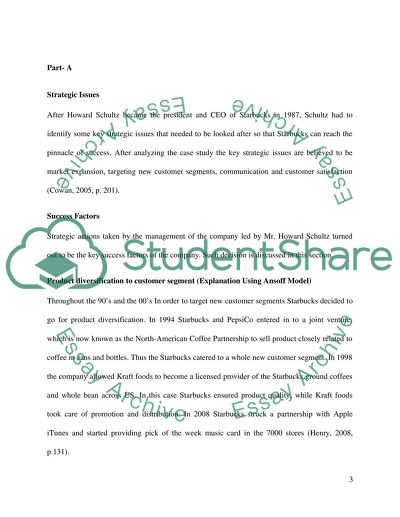Cite this document
(International Business Strategy of Starbucks Case Study - 1, n.d.)
International Business Strategy of Starbucks Case Study - 1. Retrieved from https://studentshare.org/marketing/1474189-international-business-strategy
International Business Strategy of Starbucks Case Study - 1. Retrieved from https://studentshare.org/marketing/1474189-international-business-strategy
(International Business Strategy of Starbucks Case Study - 1)
International Business Strategy of Starbucks Case Study - 1. https://studentshare.org/marketing/1474189-international-business-strategy.
International Business Strategy of Starbucks Case Study - 1. https://studentshare.org/marketing/1474189-international-business-strategy.
“International Business Strategy of Starbucks Case Study - 1”, n.d. https://studentshare.org/marketing/1474189-international-business-strategy.


